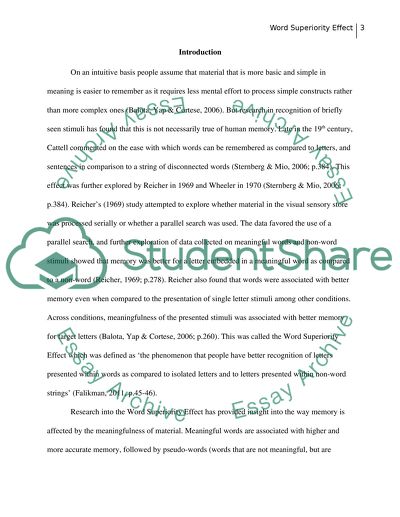Cite this document
(“Words Superiority Research Paper Example | Topics and Well Written Essays - 2250 words”, n.d.)
Retrieved from https://studentshare.org/psychology/1397494-words-superiority
Retrieved from https://studentshare.org/psychology/1397494-words-superiority
(Words Superiority Research Paper Example | Topics and Well Written Essays - 2250 Words)
https://studentshare.org/psychology/1397494-words-superiority.
https://studentshare.org/psychology/1397494-words-superiority.
“Words Superiority Research Paper Example | Topics and Well Written Essays - 2250 Words”, n.d. https://studentshare.org/psychology/1397494-words-superiority.


